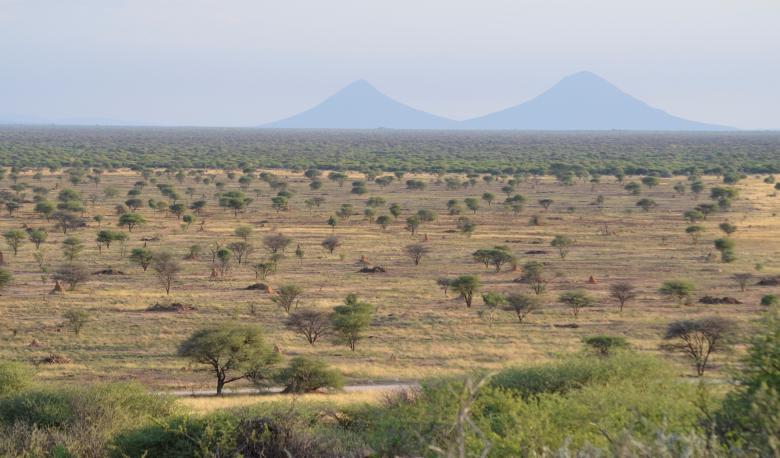
Namibian Bush Biomass: An Ecosystem Restoration Solution
Namibia’s savanna ecosystem witnesses the expansion and densification of shrubs, a phenomenon globally known as woody plant encroachment. This is attributed to various factors, including overgrazing, the exclusion of larger mammals and browsers, and wildfire suppression. Climate change is an accelerating factor, as atmospheric CO2 fosters woody vegetation growth.
Increasing shrub thickening leads to reduced land productivity, triggers a decline in biodiversity and hampers groundwater recharge. With already 45 million hectares of rangeland affected, this is literally a growing problem for rural communities.
Namibia strategically promotes value addition as an economic incentive for sustainable bush control. This includes energetic utilisation, biochar, animal fodder, and construction material. The Namibian biomass sector provides employment for 12,000 workers and allows farmers to diversify their income. The approach has become a pivotal in Namibia’s efforts of climate change adaptation and ecosystem restoration.

